It’s official: we’re the first website in 10 years to write a story about Sweden that doesn’t mention ABBA or IKEA. Except that we just did.
The country of Midsummer and fika (read on, we’ll explain) is just too big and diverse to limit the place to easy symbols.
Here are some “Fernando”-free tips to prepare you for a trip.
1. Only one store sells hard alcohol
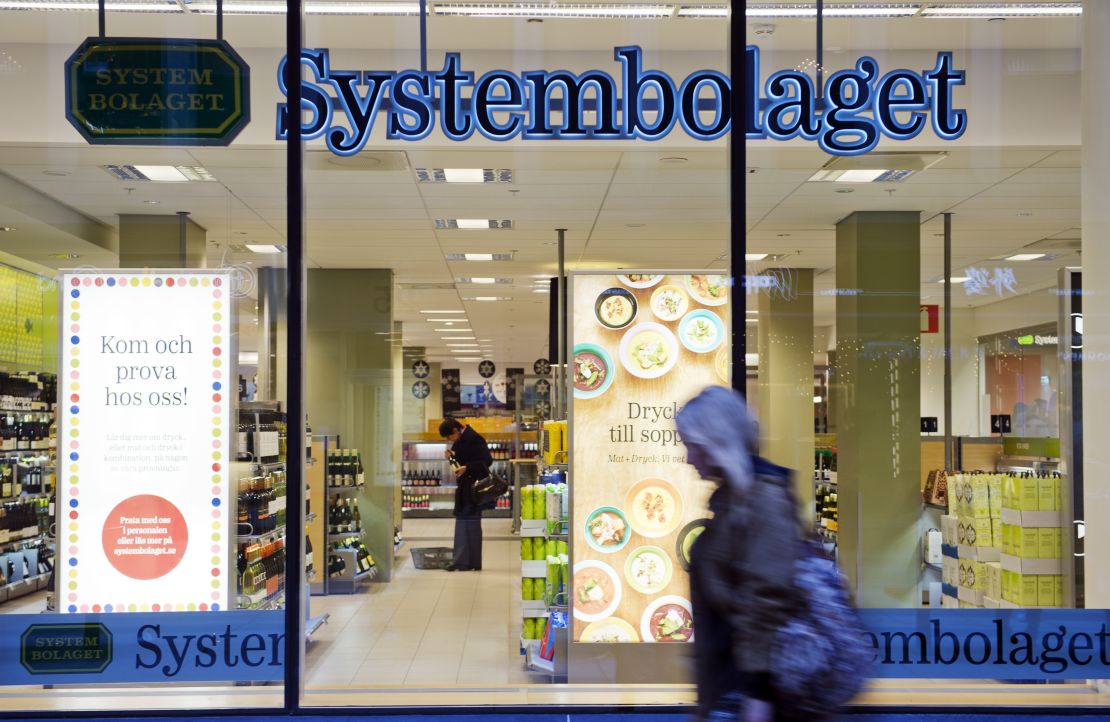
If you enjoy a drink, you might want stock up on duty free en route to Sweden. Gas stations and local stores are forbidden to sell wine and hard alcohol.
In an effort to control alcohol consumption in the country, the government set up Systembolaget stores in 1955.
The store has a monopoly on retail sales of alcohol: it’s the only place you can buy wine and spirits and beer with an alcohol content above 3.5%.
You have to be 20 years or older to buy in stores, though in Swedish bars and restaurants the drinking age is 18.
Most towns have one Systembolaget. Cities have a few, but finding them isn’t always easy.
Perhaps this is a good time for a detox.
2. Picked herring is a way of life
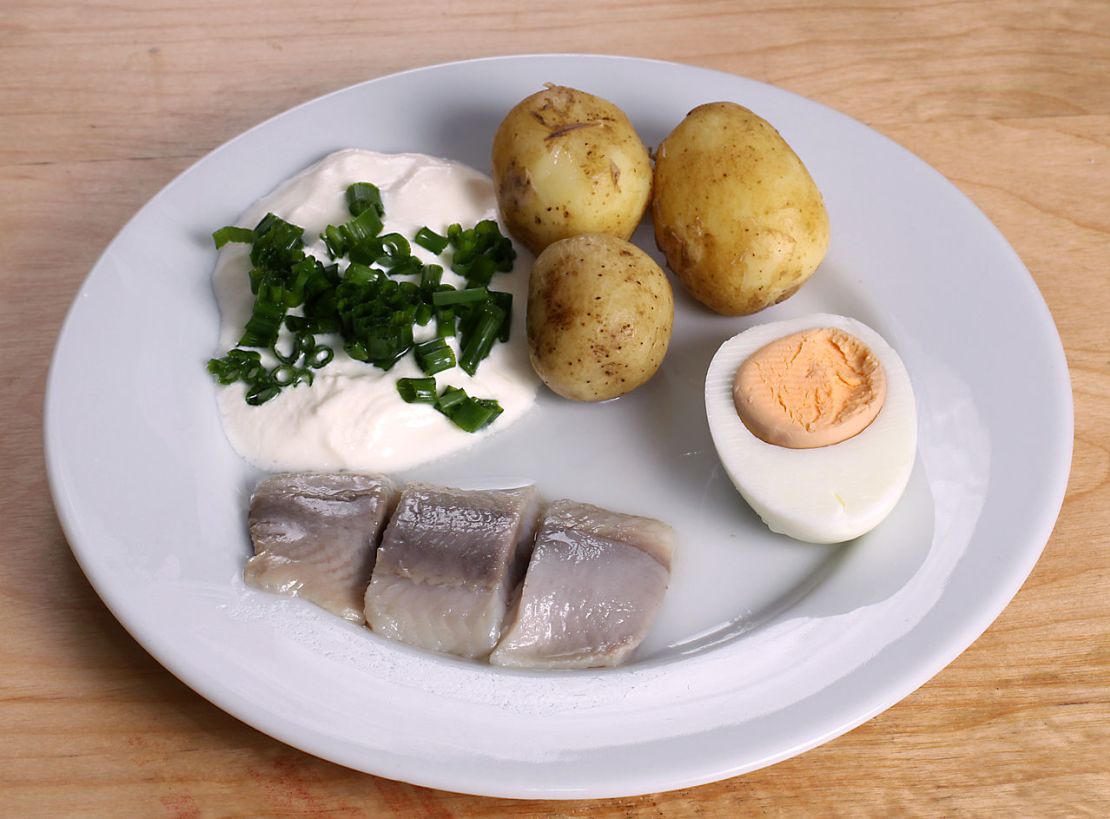
Some of us love chocolate. Swedes love pickled herring.
No festive occasion is complete without it.
Herring comes in many flavors and is usually eaten with crisp bread or potatoes, sour cream and chives.
Smoked fish is also popular – mackrel, eel and salmon. Fish smokeries in the villages along the coastline offer locally caught and smoked delicacies.
Another eating habit peculiar to the Swedes is the tradition of eating fermented fish (surströmming). It comes in a tin and if you’re able to handle the smell once you open it, you can probably stomach it.
MORE: How this 19th century Swedish boat became a 21st century youth hostel
3. People love to fika
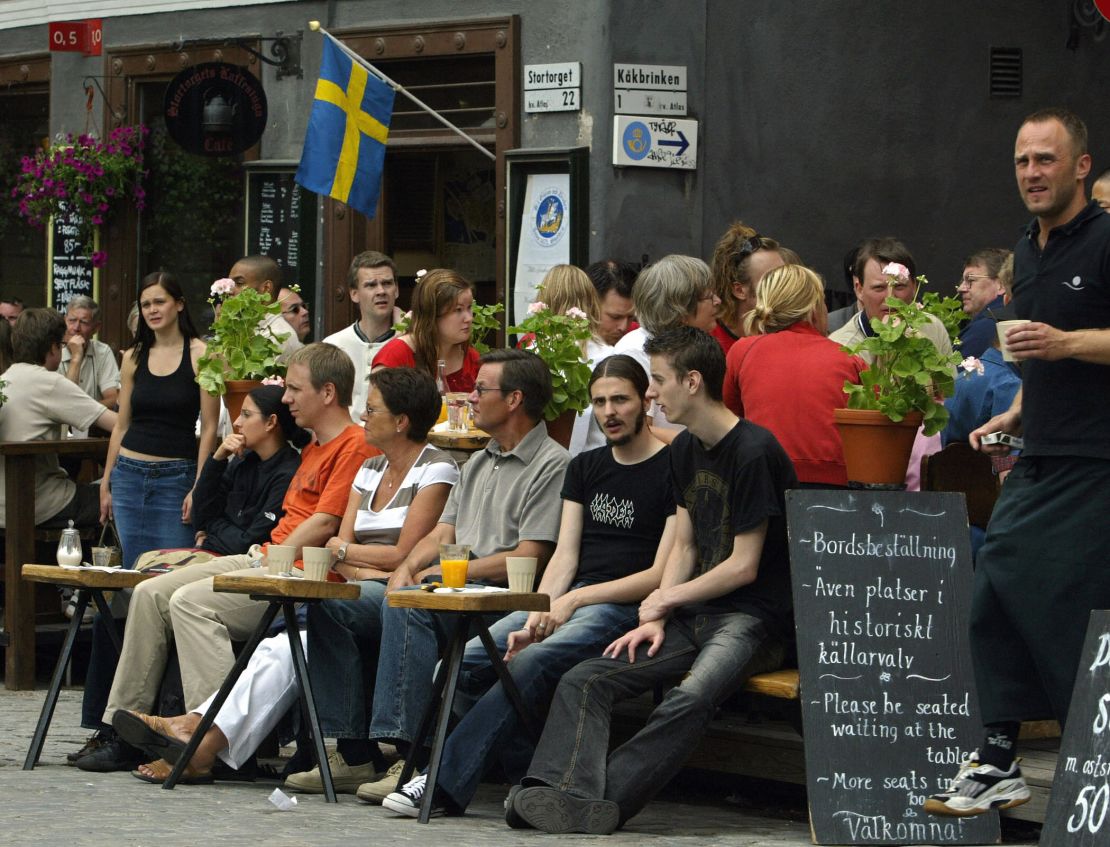
The “fika” is fundamental to Swedish culture. As a verb or noun, it loosely means “coffee break” or “pause” and if you enjoy sharing coffee and pastries with friends or family, you’ll revel in the many opportunities to “fika.”
A good fika cafe is always close at hand in Sweden. If you happen to be in Northwest Skane, we recommend Flickorna Lundgren, opened by two sisters in 1938.
It offers pastries in a beautiful garden and is renowned not only for its fika, but its idyllic surroundings.
4. Swedes take glass seriously
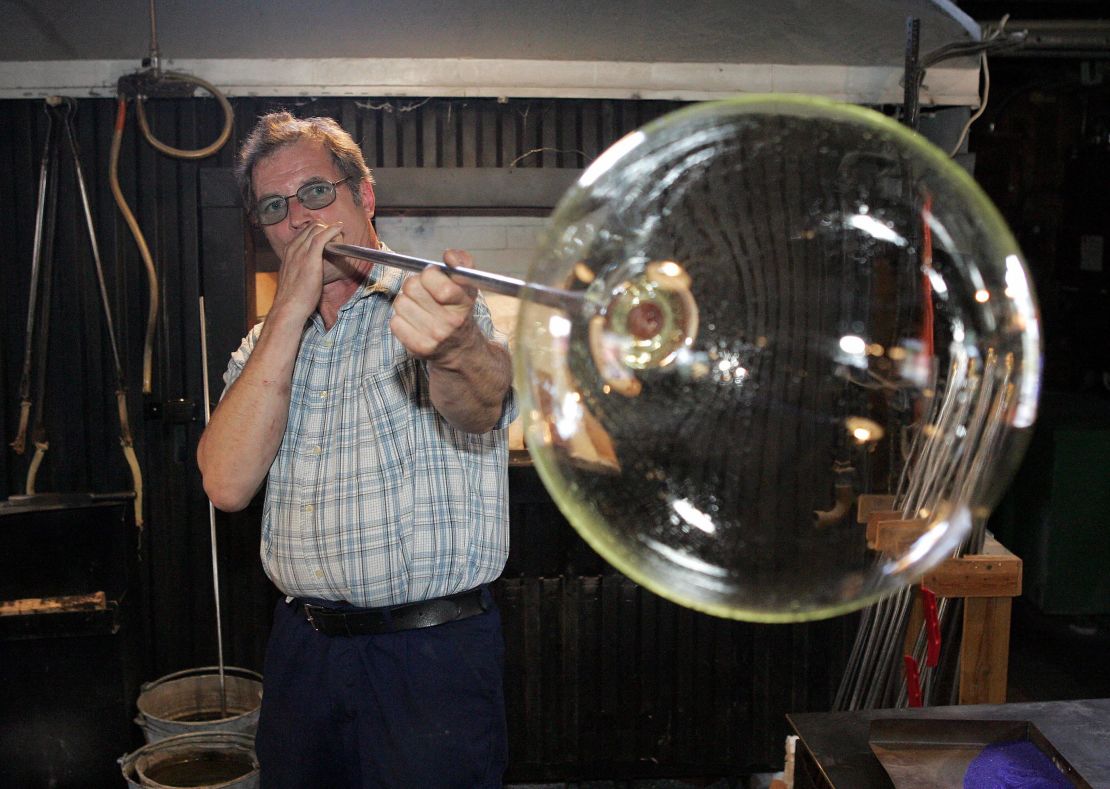
In Smaland in southern Sweden, the Kingdom of Crystal (Glasriket) is home to 13 glassworks including well-known brands such as Kosta Boda and Orrefors.
You can see skilled craftsmen in action and follow them as they transform molten glass into delicate crystal or works of art.
Visitors can also try blowing, painting and engraving glass to create a souvenir to take home.
Most of the glassworks sell their products at factory price, so you can pick up a bargain too.
5. Kids will love the place

Sweden is an excellent place to travel with young children.
Skansen is the world’s first open-air museum and has a unique collection of historical buildings, a children’s zoo with Nordic animals, an aquarium, play areas and an amusement park – an excellent place for visitors to celebrate Midsummer, Easter and other festive occasions.
Kolmården, Scandinavia’s biggest wildlife park, is approximately 90 minutes by car from Stockholm.
Skånes Djurpark in southern Sweden is another excellent children’s zoo with Nordic animals, play areas for kids and a swimming pool.
There are several amusement parks that cater to all ages; Liseberg in Gothenburg is one of Europe’s leading entertainment parks and Gröna Lund in Stockholm is also worth a visit.
The following museums are a must in Stockholm: The Vasa Museum (a sunken royal ship), The Museum of Natural History and The Museum of Technology.
Junibacken is another popular spot for families in the capital. It’s an indoor theme park devoted to Pippi Longstocking, the colorful character created by Swedish author Astrid Lindgren.
6. Island hopping is one of the best activities

Head in one direction long enough in Sweden and you’ll likely hit an archipelago. You’ll find them off the north, south, east and west coasts.
They’re centers of Swedish cultural heritage and natural beauty, with a laid-back lifestyle and numerous nature activities. Many Swedes have summer homes on these islands.
There are roughly 24,000 islands in the Stockholm archipelago alone. About 150 are inhabited and most of the islands are accessible only by private boat.
The largest are accessible by public ferry and make a good day trip with options for lunch, hiking and swimming in crystal waters – if you don’t mind skin-prickling temperatures.
Gotland and Öland, Sweden’s largest islands, situated off the east coast, are also worth a visit. Gotland is home to the Lummelunda Caves with spectacular stalactites and stalagmites and a preserved medieval town at Kattlundsgård.
Hallands Väderö off the southwest coast is a nature reserve and home to some of the most threatened species in Europe, including rare beetles.
7. The art of queuing has been perfected
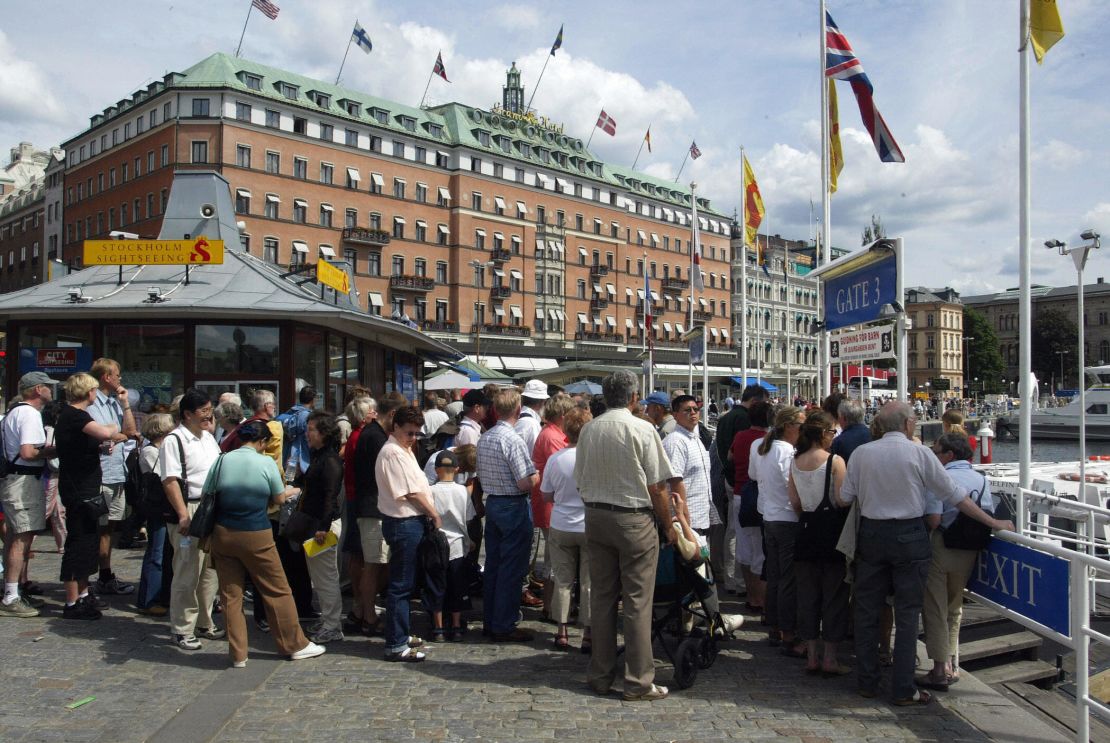
No pushing to the front of the crowd in Sweden.
Whether at the post office, pharmacy, Systembolaget or cheese counter in the supermarket, you’ll need to take a number, stand in a queue and wait your turn.
It’s all very orderly.
8. Recycling isn’t optional

Garden waste, colored glass, clear glass, newspapers and magazines, milk and yogurt cartons, soft and hard plastics, metals, food waste …
Swedes are avid recyclers and sorting household waste in Sweden gives you bragging rights.
A typical house in Sweden has at least three rubbish bins, with different sections for each of the above categories.
Garbage is cleaned before being thrown, and it’s also important to fold the boxes and cartons so they take up a minimum of space.
It’s all part of Sweden’s strong green culture.
MORE: Swedish Lapland returning to the wild
9. Getting around is easy
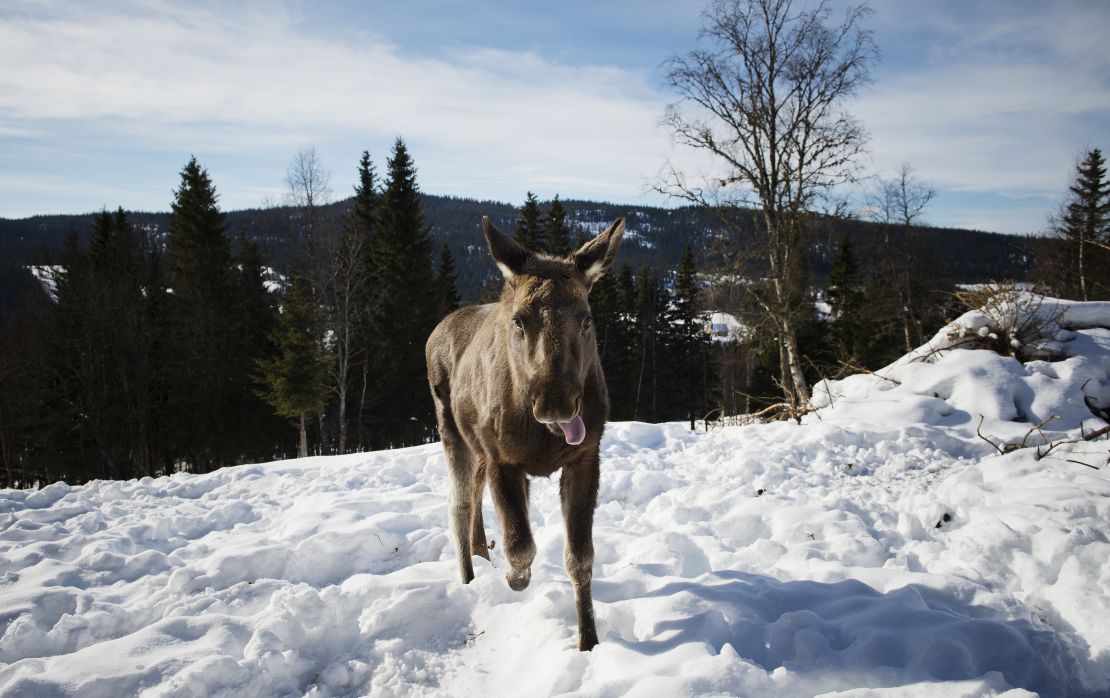
Exploring Sweden by car is easy – the roads are well maintained and traffic jams are rare. Just be prepared to meet the occasional elk or moose.
Sweden is also bike friendly, with an extensive network of cycle paths in and around towns as well as marked cycle routes around the country.
Taxis are expensive compared with other countries so public transportation is often a better option – there’s an extensive network of trains, coaches and buses. With 150 destinations throughout the country, Swebus Express is the largest bus operator.
It’s worth noting that some local buses won’t accept cash, so you need to buy a pre-paid bus card in advance.
10. Midsummer is the year’s biggest party
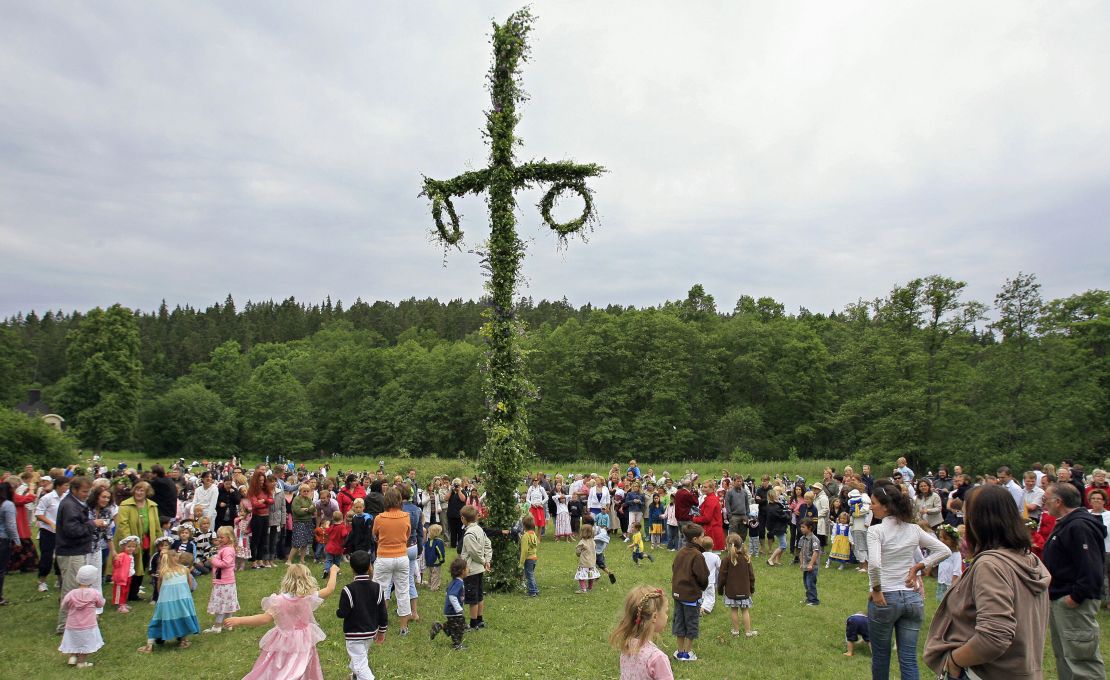
Midsummer is the most important celebration of the year for many Swedes.
Midsummer always take place on a Friday between June 19 and June 25 when locals celebrate the longest day of the year. This is what comes after being kept in the dark all winter.
Many towns and villages arrange public Midsummer dances, where folk musicians play as crowds dance around the Midsummer pole that’s been decorated with flowers and leaves gathered in the woods earlier that day.
One tradition involves jumping around the maypole singing along to a song about small frogs.
After the dancing the party starts – as darkness never really arrives, parties can go on for some time.
This is the time to sample traditional Midsummer foods, such as pickled herring and new potatoes and to fika with traditional fresh strawberries and cream.
If you have difficulty swallowing the herring, there’s usually plenty of Schnapps and beer available.
Folklore has it that if a young woman picks seven different flowers and lays them under her pillow on Midsummer’s night, she’ll dream of her future spouse.
Editor’s note: This article was previously published in 2013. It was reformatted, updated and republished in 2017.
